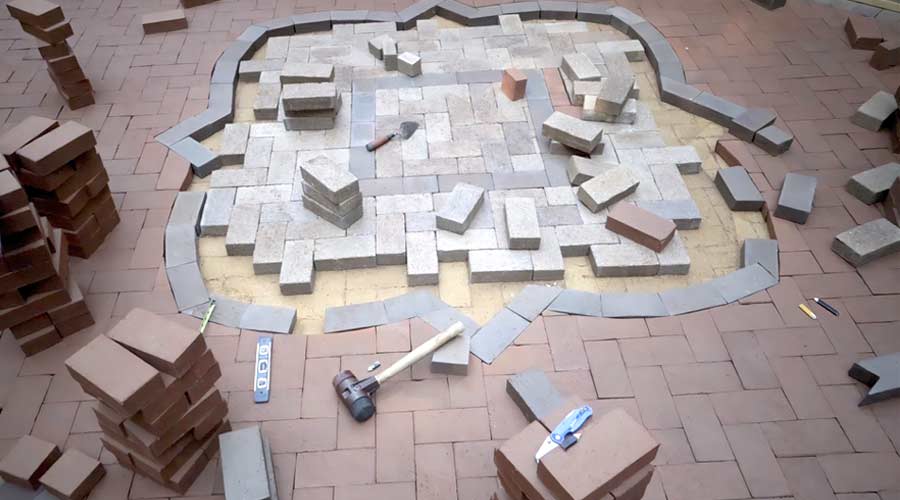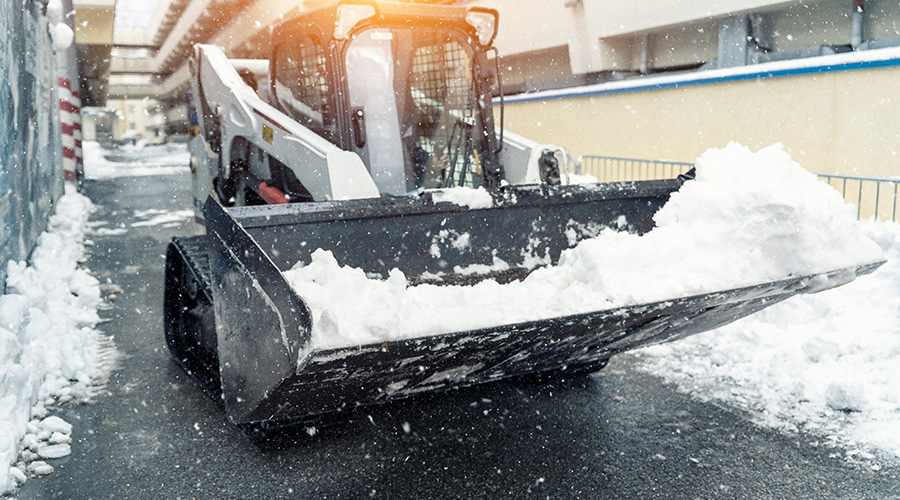What to Plan for in a Hardscape Design Project
Taking time to plan a hardscape project can ensure that managers are creating a place that will be useful and beautiful
This is part two of a two-part article. To read the first part, please click here.
Just like any other project, hardscape design can be a lengthy process. Landscape contractors, grounds managers and owners must take their time during the planning process to ensure that the design is aesthetically pleasing and functional for tenants, visitors and events.
“From our perspective, taking time to plan a hardscape project can help ensure that you are creating a place that will be useful and beautiful for many years into the future,” according to MVVA. “Proper planning will help managers be sure that they have anticipated the different ways that the hardscape will need to be used and also the regular maintenance and upkeep that will be needed.
"Rushing things can result in a less effective layout, which might mean conflicts between types of use, or spaces that don’t fit their intended purpose. It is also possible to wrongly estimate the future needs in terms of strength, which could mean that certain uses are limited, or damage happens when unintended uses take place. Conversely, it is also possible to overbuild hardscape, incurring unnecessary expense.”
In addition to thinking ahead about the different aspects the space will be used for, managers should ensure that proper systems are in place regardless of the length of time it takes to implement them. Cutting corners or rushing steps can result in problems, which can result in costly repairs or redesigns. Kim says having proper drainage and anchor systems and secured materials can help prolong safety measures and the lifespan of the project.
“Proper anchor and securing hardscape materials are important for safety and longevity, as well,” Kim says. “Things will move over time, but if they are secured properly, there is less chance for failure.”
Proper planning can also result in fewer missteps. In order to prevent missteps, some landscape contractors have begun using new technologies during the design process to better address what the hardscape will be used for. For example, MVVA uses software to account for vehicular movement. The company also uses computer-aided design in the drafting stages so project managers can calculate the area of different spaces or other dimensions that might be of interest. Using these technologies can speed up the design process, and it allows more members of the team to visualize the project and communicate their suggestions based on what they see in a digital format.
“Technology is assisting in speeding up the process. One can use laser graders and GPS coordinates to assist on site,” Kim says. “In the planning stages, you can input in a program the area that is desired with hardscape and input the dimensions of the hardscape material, such as bricks or stone wall or rock, and technology will assist with the approximate number of items needed to finish the project. And even better, it can give the owner a solid visual of the project. A lot of people need that visual in order to get to sleep at night that the project is to their liking. Otherwise, there could be tons of change orders.”
Mackenna Moralez is the associate editor for the facility market.
Related Topics:













